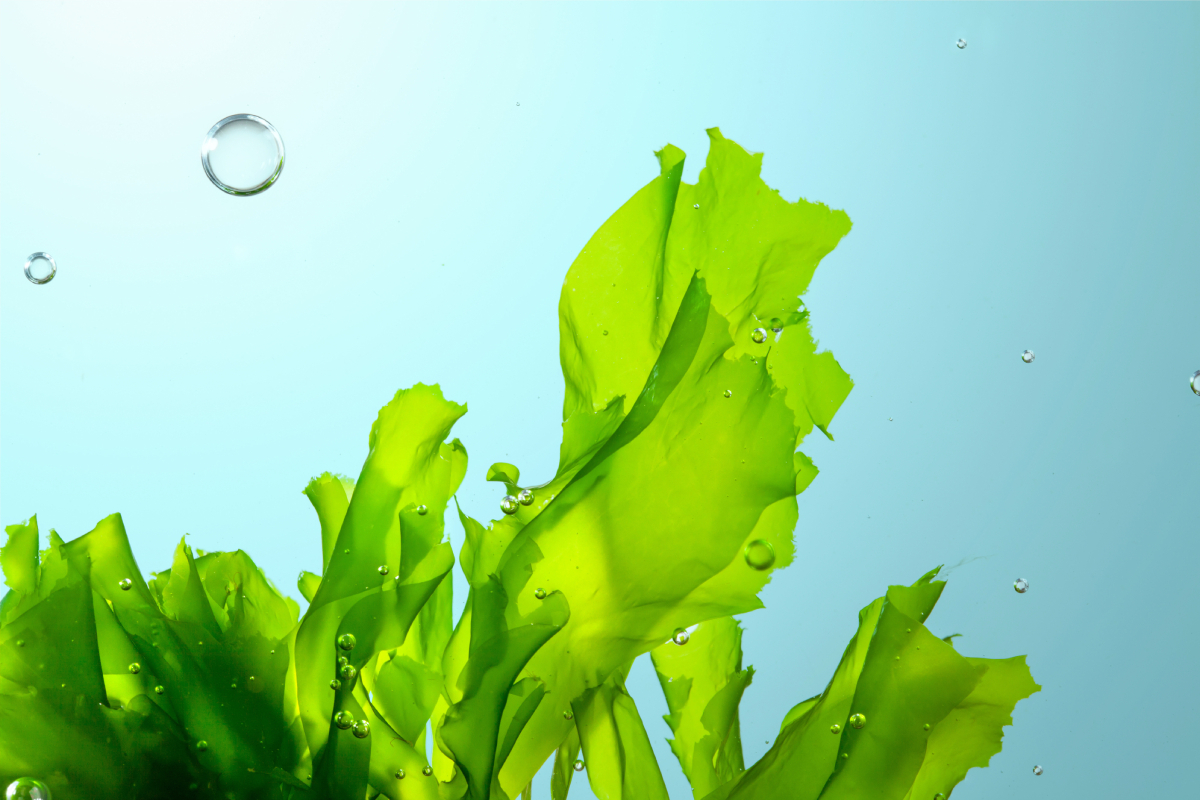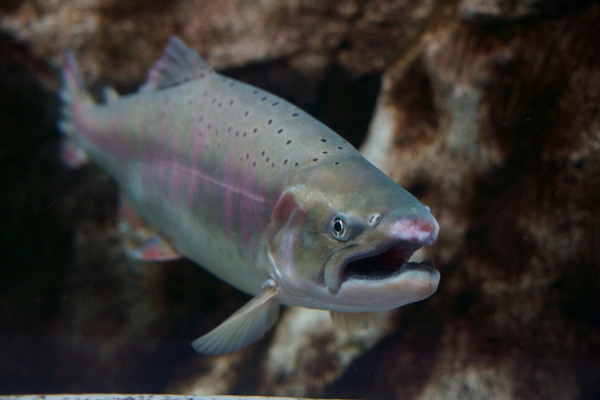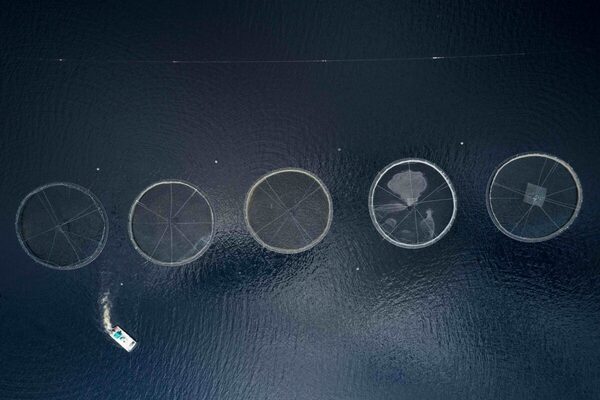Can seaweeds be part of the diet for salmonids?
Whether it’s social media influencers preaching about nutrition or celebrity chefs trying to excite us with new ingredients, there always seems to be a lot of talk about what’s in our food.

Ulva seaweed
Hygiene Operator (Day shift 2-2-3 pattern) - Mowi Scotland
RosythSalary On Application
Quality Technician - Mowi Scotland
RosythSalary On Application
Salmon High Care Trimming Line Operator (Shift 2-2-3 Pattern) - Mowi Scotland
RosythSalary On Application
Deckhand (Ailsa Craig) - Mowi Scotland
Argyll & Bute£28,258 to £31,648 per annum
Farm Technician (Colonsay) - Mowi Scotland
Argyll & Bute£28,258 to £31,648 per annum




